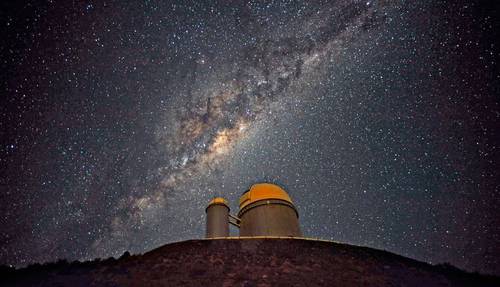In the past 30 years, a total of 5,655 exoplanets have been discovered, which are planets outside our solar system, according to Yilen Gómez Maqueo Chew, a researcher at the Astronomy Institute of the National Autonomous University of Mexico (UNAM). This discovery has been crucial for the advancement of astronomy because prior to 1992, when the first exoplanet was discovered, all knowledge of solar systems was derived from studying our own.
Every new exoplanet discovered provides astronomers with an opportunity to enhance their understanding of the various stars in the universe. It allows for a better study of how planetary systems form and evolve, as well as offering clues about the history and fate of the universe. The discovery of 51 Pegasi b in 1992 was particularly groundbreaking as it challenged the previously established rules about how planetary systems are organized.
Gómez Maqueo Chew explained that exoplanets are not very bright, so astronomers use the transit method to detect them. This technique involves observing the decrease in brightness of a star when an exoplanet passes in front of it. In Mexico, the Saint-Ex project, named after Antoine de Saint-Exupéry, author of The Little Prince, is dedicated to the search for exoplanets and is operated by the UNAM.
Saint-Ex is the first and only telescope in Mexico designed specifically for finding extrasolar planets. It was installed in 2018 at the National Astronomical Observatory of San Pedro Mártir in Baja California. The telescope collaborates with others in Chile and the Canary Islands to search for exoplanets around the coldest and smallest stars in the galaxy, known as ultracold dwarf stars.
The Saint-Ex telescope began astronomical observations in 2019, eventually leading to the discovery of two exoplanets orbiting the star TOI-1266. In 2020, the telescope was struck by lightning, causing a year and a half delay in operations. However, after repairs, it was relaunched in late 2023 with the hope of continued success in discovering more exoplanets in 2024.
Gómez Maqueo Chew expressed optimism for 2024, citing new control systems for the telescope and observatory that have allowed for routine data collection to resume. Since 2019, the Saint-Ex project has observed 80 stars, confirmed four planetary systems, and contributed data for nine others. The work continues as astronomers search for more extrasolar planets to further expand our knowledge of the universe.
